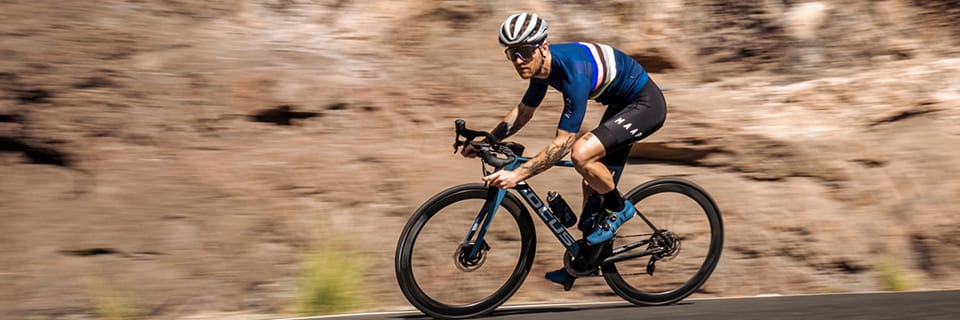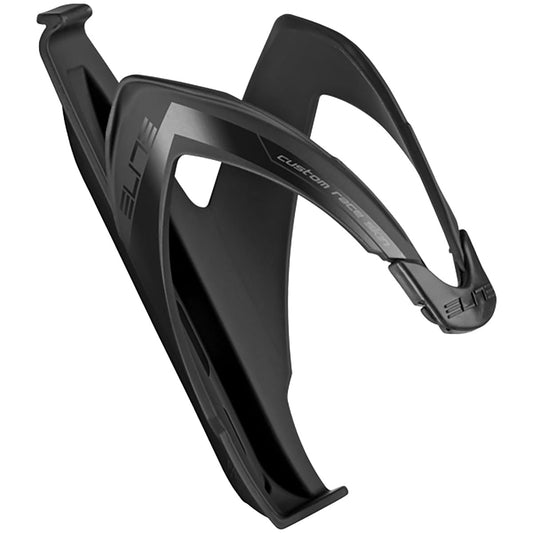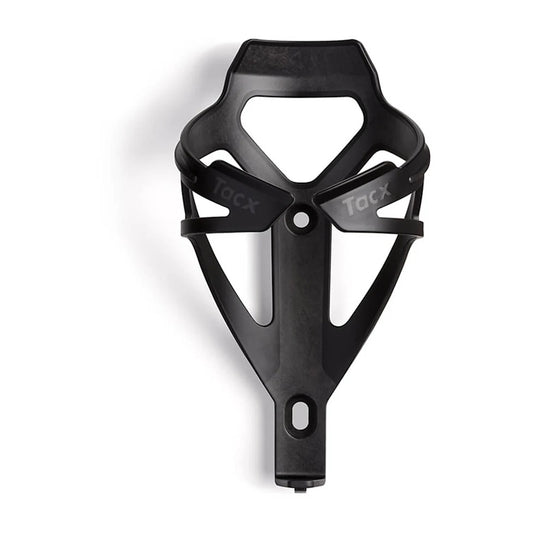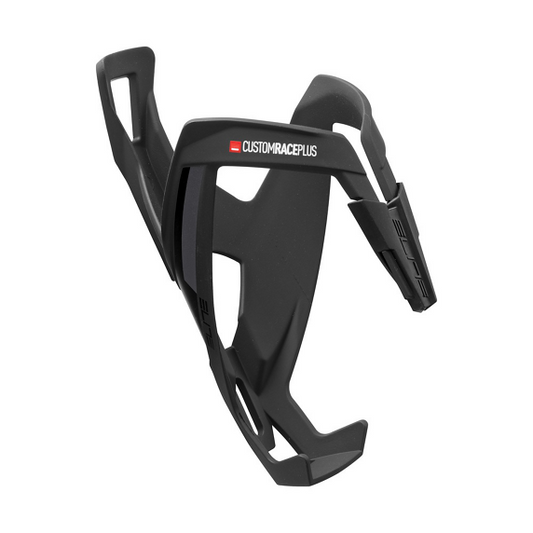Visit bottle cage is the essential accessory to install on your frame! It allows you to grab your water bottle in one quick movement and hydrate yourself in safety, with your other hand still on the handlebars and your eyes riveted to the road. Filling your water bottle is also a matter of seconds. Some frames accept two or even three bottle cages, so you can tackle even the longest routes. A bottle cage can also be used to hold accessories, such as a tool kit or a CO2 cartridge.
Characteristics of a bottle cage
- Bottle cage mountings : screw mounting, straps, clamps, saddle rail mounting
- Materials: plastic, thermoplastic, resin, polyamide, aluminum, steel and carbon
ALL YOU NEED TO KNOW ABOUT BOTTLE CAGES
Bottle cage mountings
Many bikes have a bottle cage installed as standard, or at least two screws (to attach one to the frame) located on the down tube and sometimes on the seat tube, or even on the top tube (aerosport bikes for Triathlon, Gravel). This screw mounting is the most common. It is standardized and highly reliable.
Fastening with strapsstraps straps or clamping rings is possible if no screws are present. Simple to install and allowing you to position the bottle cage wherever you like, this type of fastening does not, however, ensure such a rigid assembly. The ring system is certainly solid, but it can slip over time and damage the frame!
Last but not least, there are models that attach to the hanger or on the saddle railsideal for triathletes looking for the quickest possible access to their water bottles, and a large carrying capacity while preserving the aerodynamics of their frame.
Materials
The plastic, thermoplasticthe resin or polyamide are widely used on today's bottle holders. These lightweight materials enable manufacturers to design varied and sometimes complex shapes, but remain sensitive to breakage.
L'aluminum orsteelare highly resistant. They weigh more, and their shapes are generally simpler and more classic.
Finally, the carbon has its place on the lightest models, but is highly vulnerable to shocks and impacts. This material gives manufacturers a great deal of design freedom, and they sometimes play on the flexibility of the bottle cage to make it easier to insert and remove the bottle.
Which bottle cage should I choose?
Once you've checked that your frame can accommodate a bottle cage, whether it's a screw-fastening or strap-fastening model, choose a bottle cage based on the space you have available, your intended use and your riding style.
Depending on your tastes and preferences, there are models with center, left or right-hand pull. It should also be pointed out that the compatibility of a bottle cage with a water bottle is normally self-evident, as most water bottles have an internal diameter of 74 mm. Screw-in bottle cages are generally fitted with a slide, enabling you to adjust their exact position on the frame.
Finally, some bottle cage models feature an integrated multi-tool or pump mounting bracket. In any case, the bottle cage is a good place to attach a bicycle or motorcycle. inner tube or a CO2 cartridge with small Velcro straps, for example.
The competitors, in Route or Cross-Country MTBIf overweight is not a problem, a more resistant model, in aluminum for example, is a good choice. If excess weight isn't a problem, a more resistant model, in aluminum for example, is a good choice.
At more committed mountain biking (Enduro, DH, Freeride)the bottle cage has made a comeback to enable riders to ride without water bag pocket. Since the shock absorber can take up a lot of space, you'll need to choose a bottle cage that's sufficiently compact, and why not one with a side opening? You'll also need to adapt the shape of the bottle cage to the size of the bottle you're carrying, because here more than anywhere else, support is essential.
Découvrez tous nos conseils & Tutoriels
ACCESSORIES - Bottle Cages
-
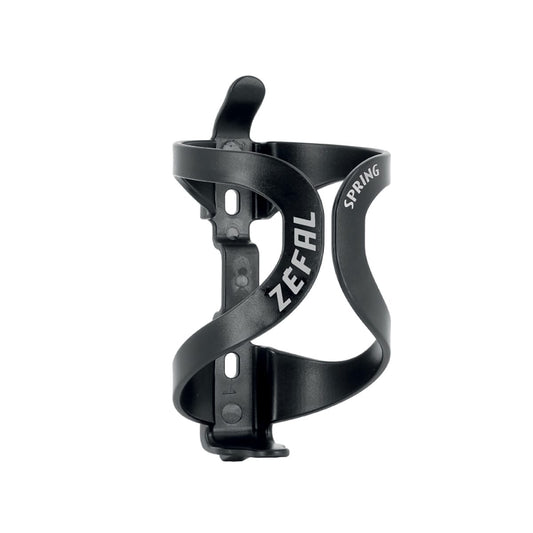
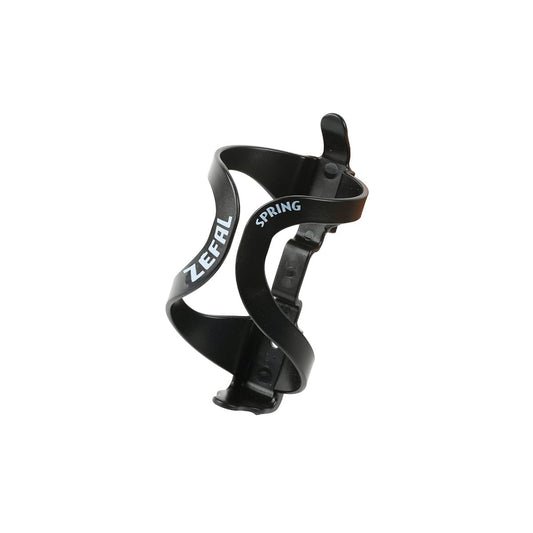
ZEFAL SPRING bottle cage Black
Regular price 2,99 €Regular priceUnit price per -
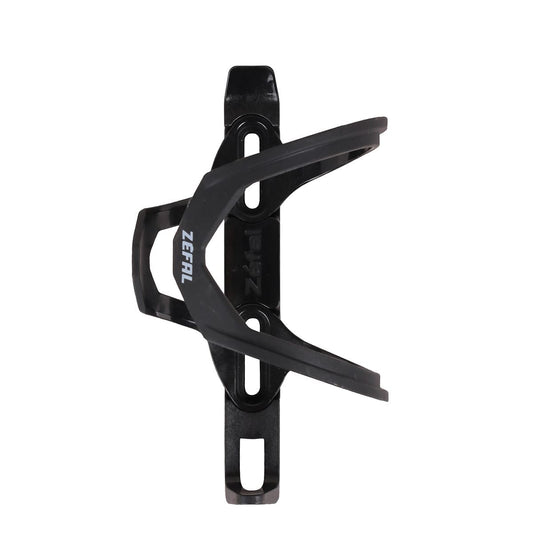
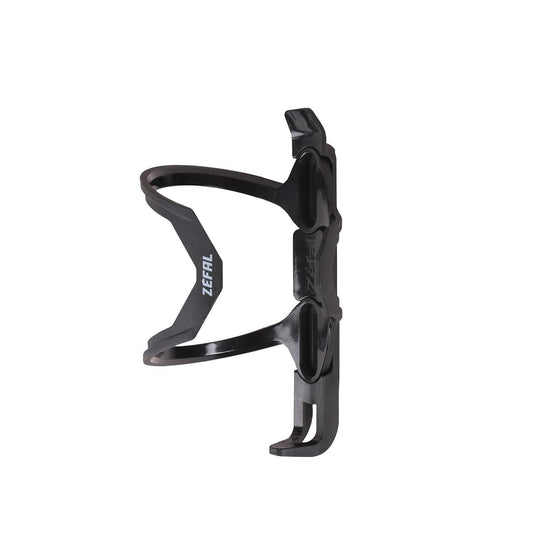
ZEFAL PULSE Z2 bottle cage Black
Regular price 8,99 €Regular priceUnit price per -
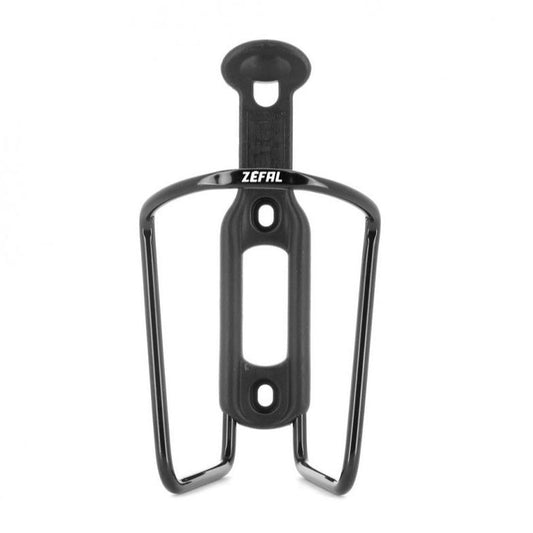
ZEFAL bottle cage ALU PLAST 124 Black
Regular price 3,95 €Regular priceUnit price per -

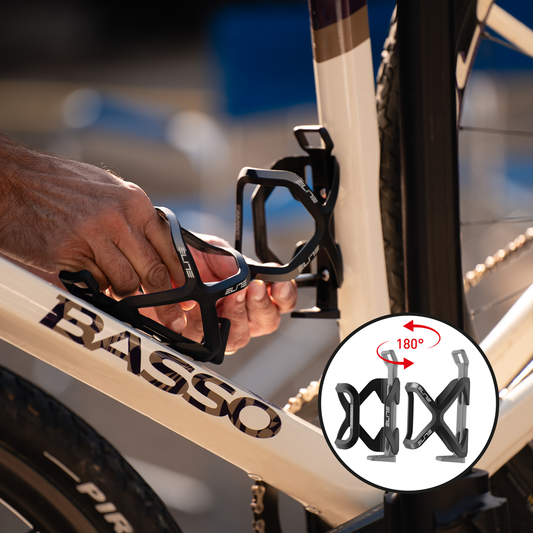
ELITE AMBO bottle cage Black
Regular price 15,99 €Regular priceUnit price per -
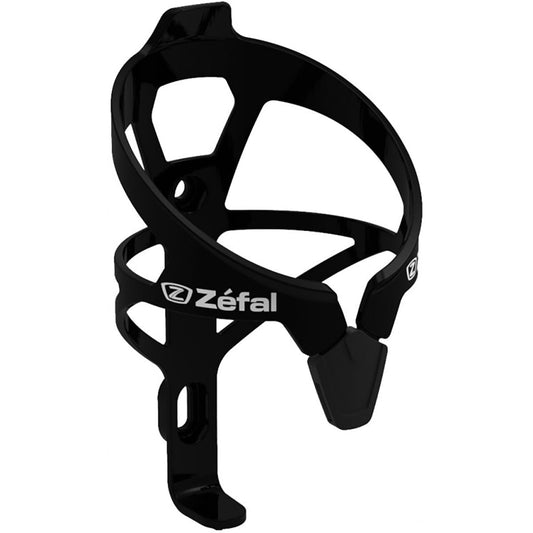
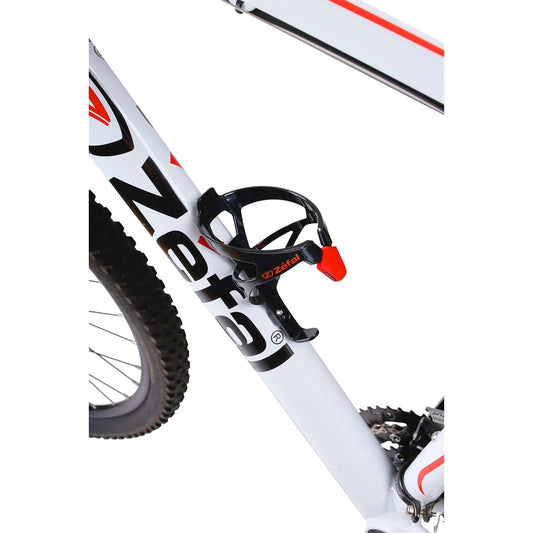
ZEFAL PULSE A2 bottle cage Black
Regular price 7,90 €Regular priceUnit price per
